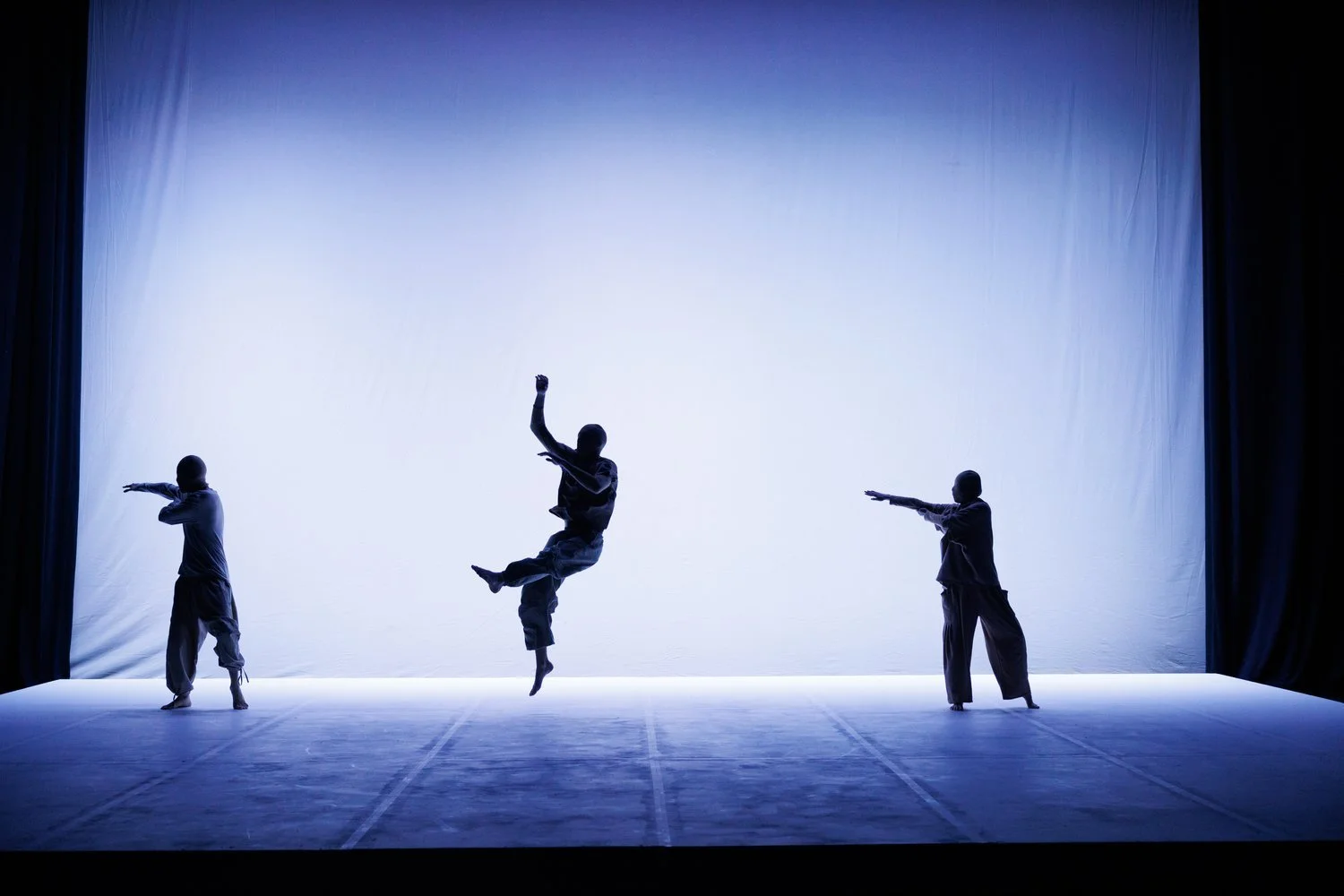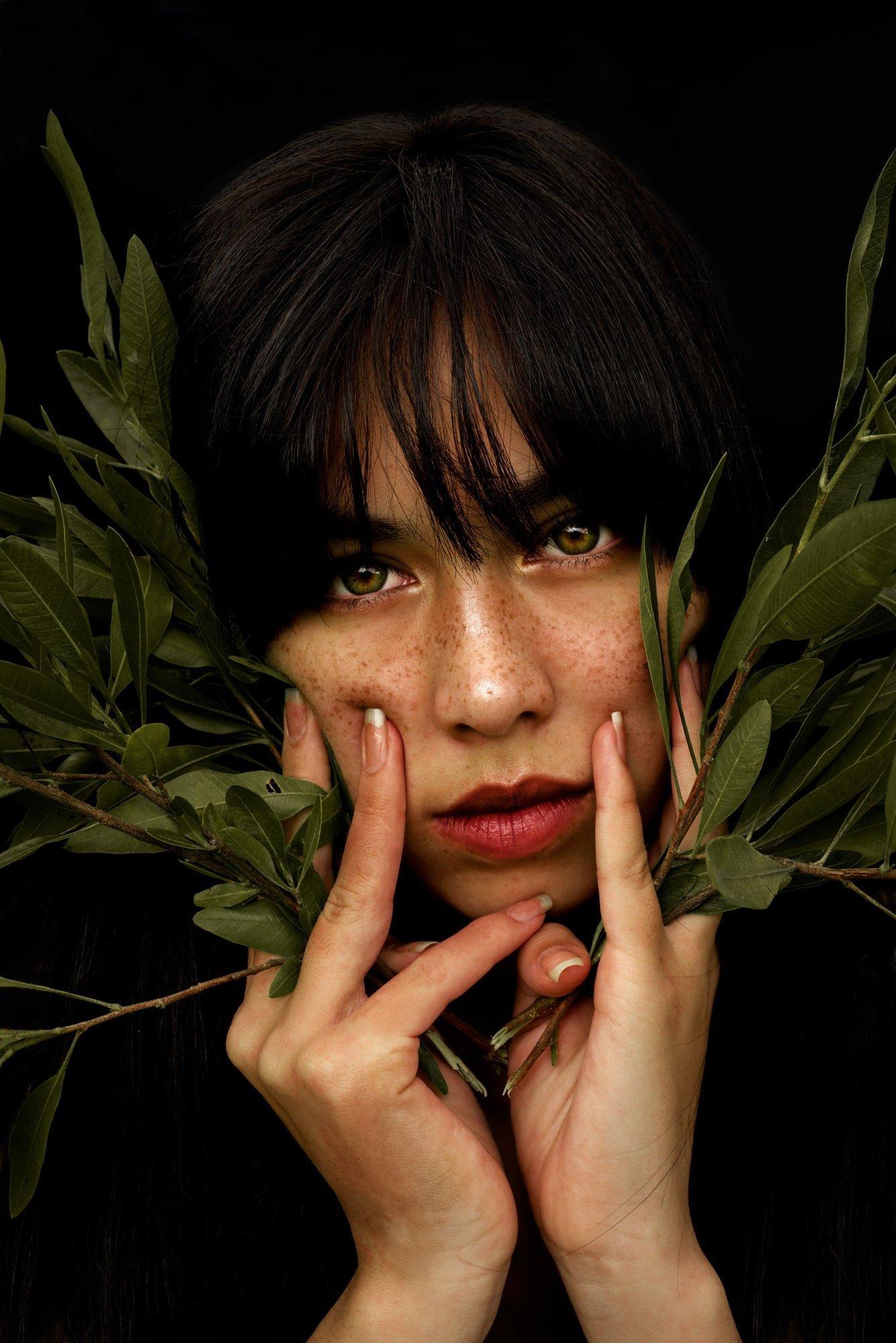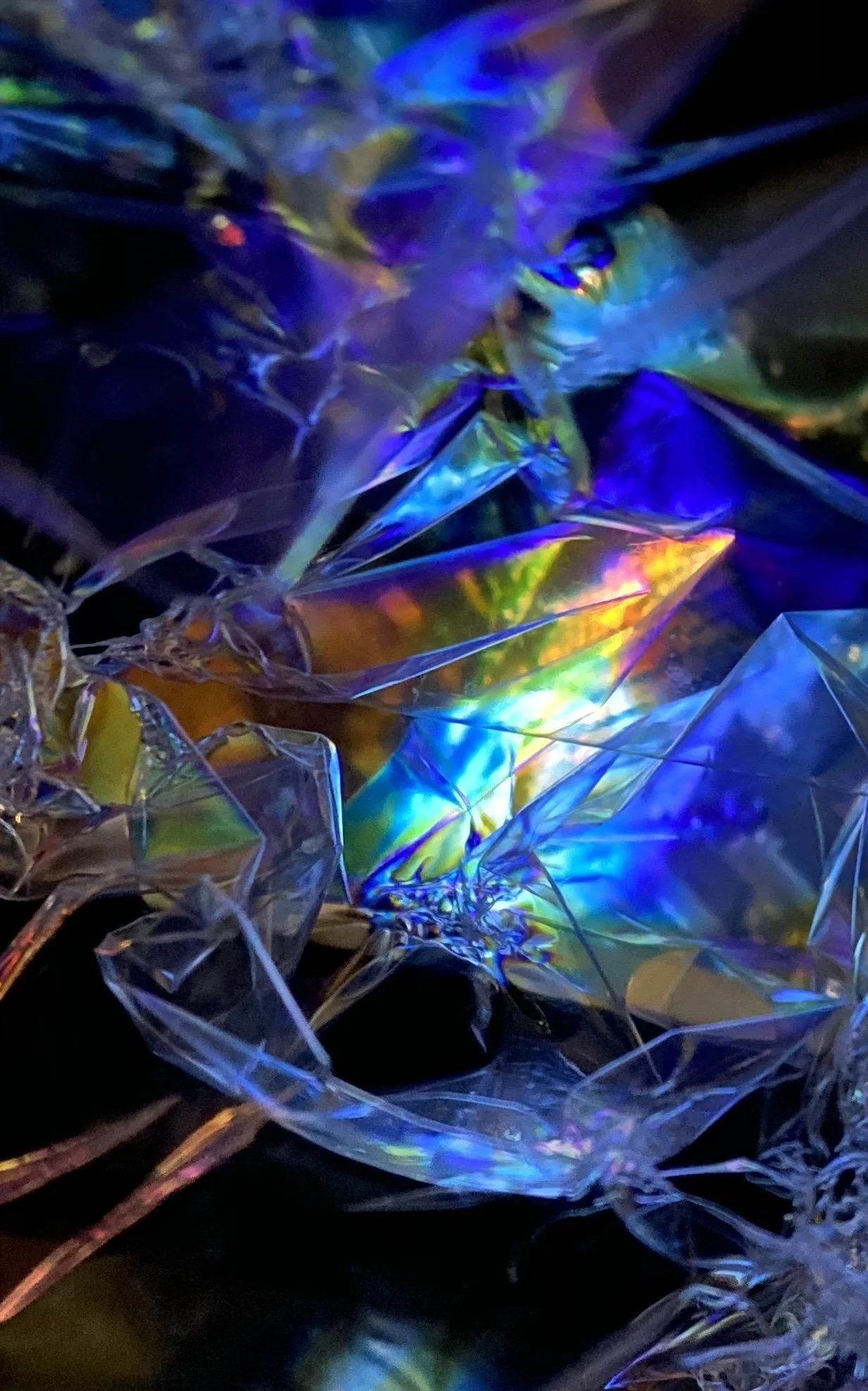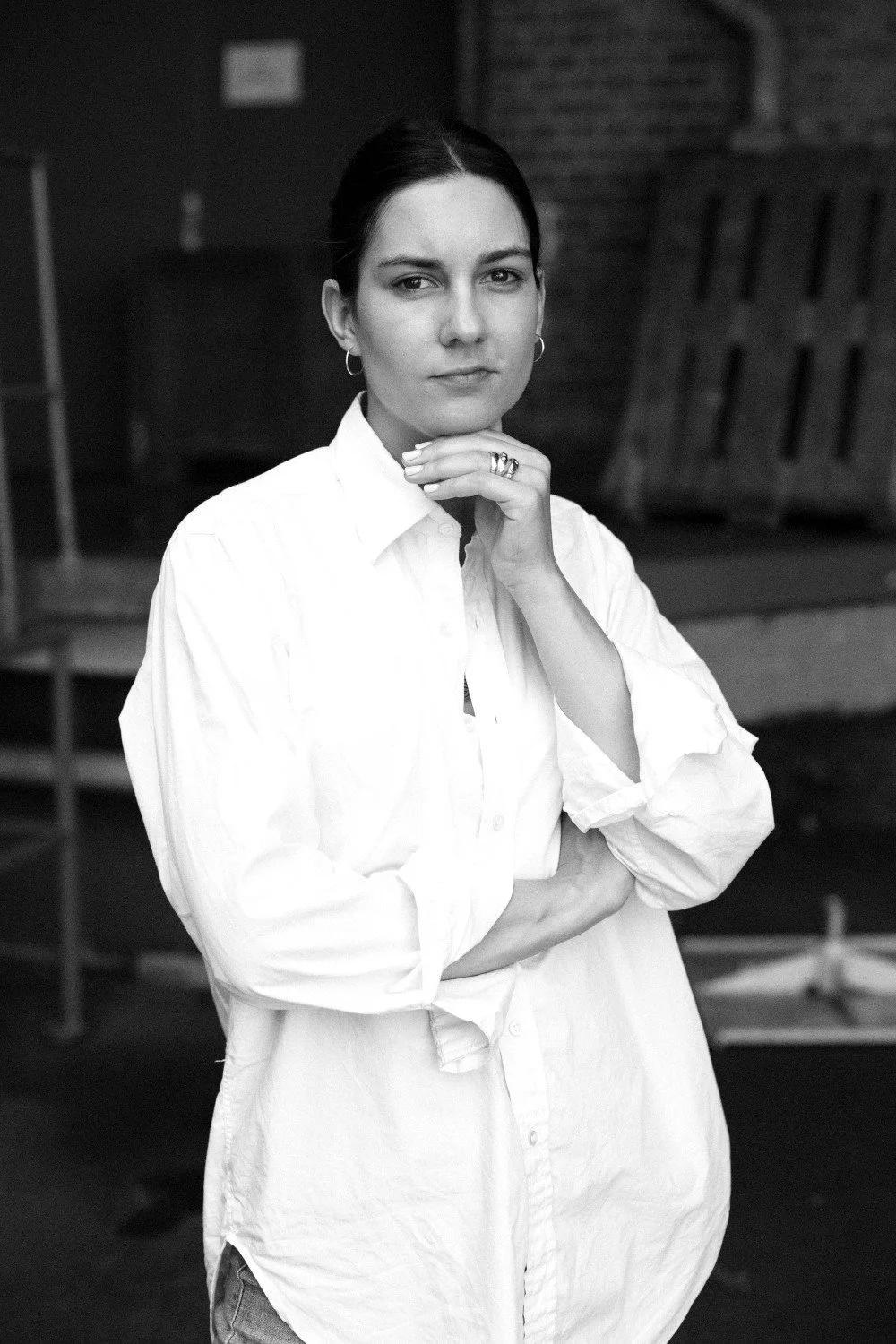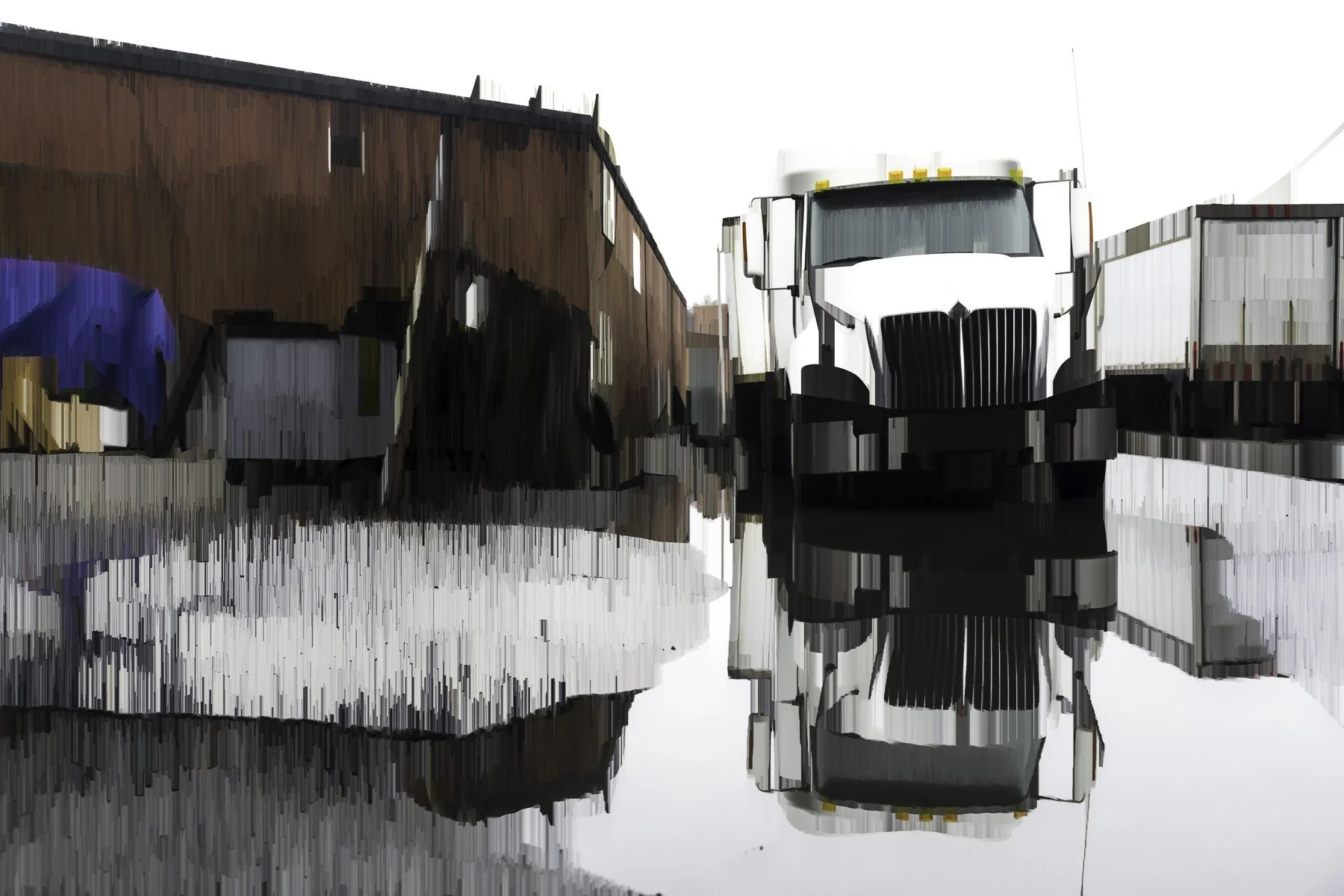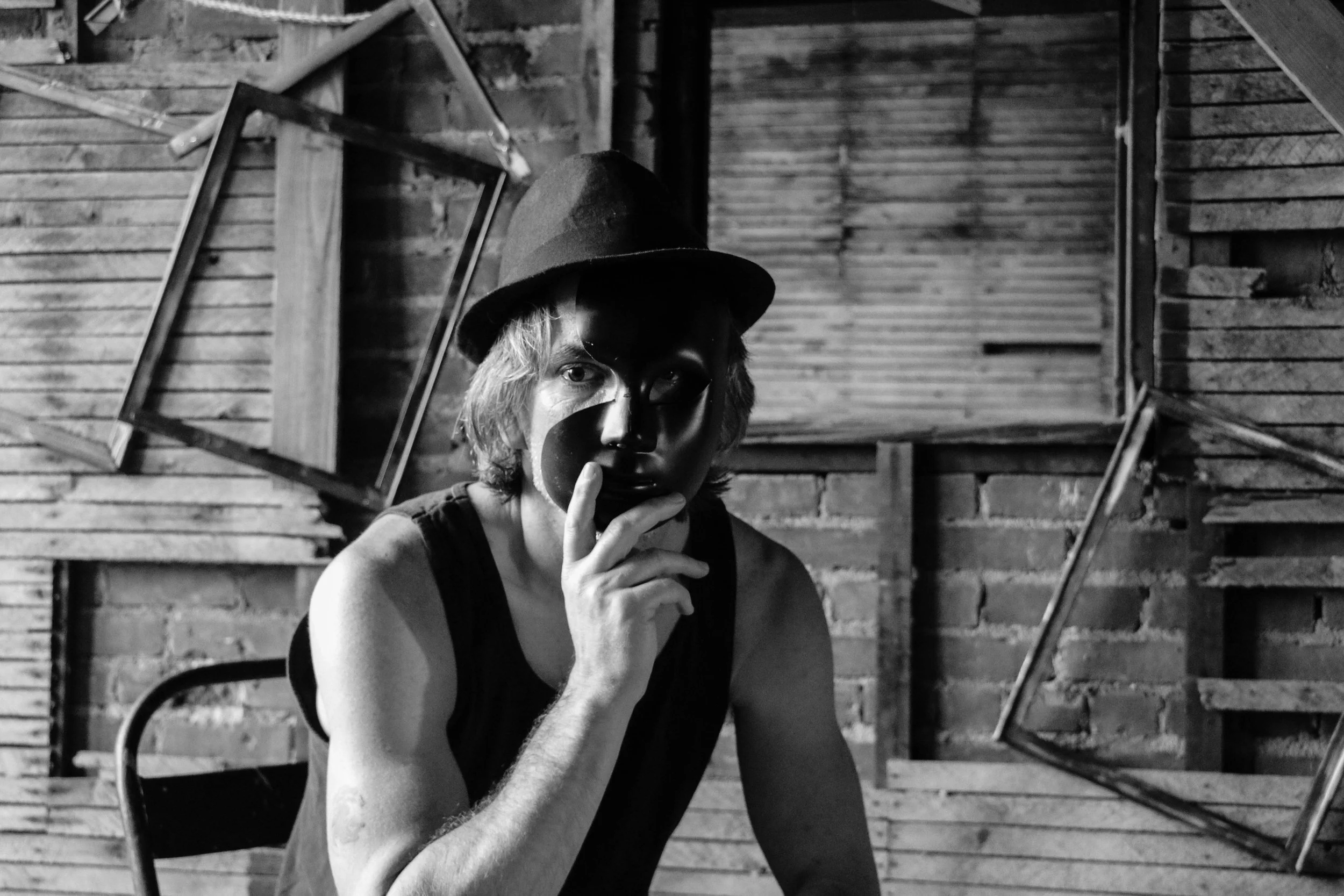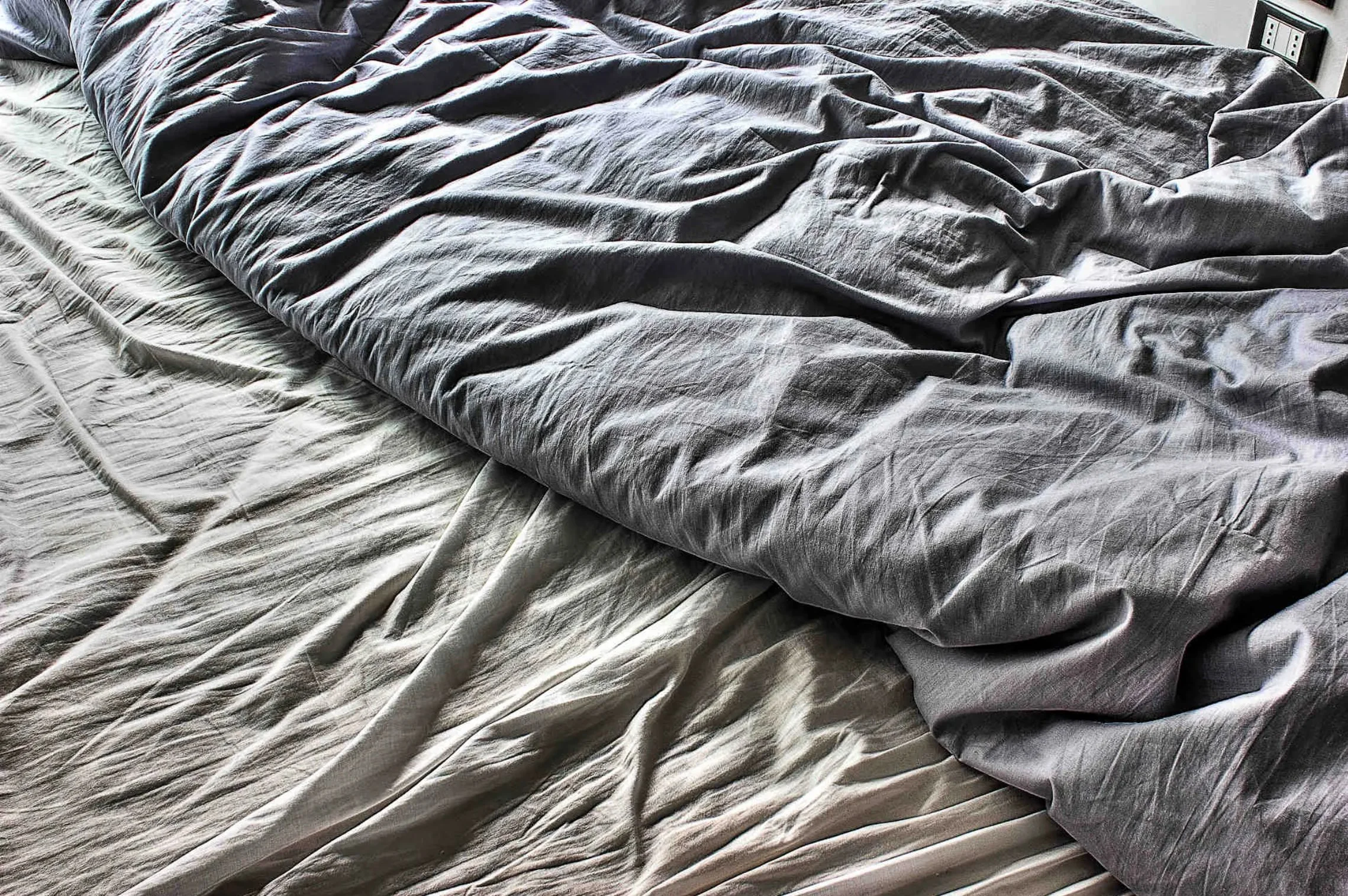Liu Entung artist from Taipei, Taiwan, and currently lives in New York City. As an interdisciplinary artist, ENTUNG’s works explore the intersection of multiple fields: visual art, performance, and technology with various methods like paintings, photography, performances, installations, videos, and sounds. Through her art practice, LIU shows the relationships between identification, technology, nature, and life.
INTERVIEW | Daniela Castillo
Daniela Castillo is a photographer and graphic designer based in Lima, Peru. She specializes in landscapes and still life. Her series "Extension Interior" emerges as a reinterpretation of internal reality in the context of the Covid-19 pandemic. With the mind as the protagonist, this project captures the deterioration of the mental state resulting from confinement through projections that question the limits between fiction and reality.
INTERVIEW | Andrea Gluckman
Andrea Anderson Gluckman is an international award-winning photographer and writer who uses her platforms of academics, activism, and art to witness and leverage the stories of communities devastated by mass violence. She is currently based out of Rochester, New York, where she teaches and works collaboratively with artistic communities on issues of social justice, indigenous truth-telling, and anti-racism work.
INTERVIEW | Marco Lando
Marco Lando's work is influenced by his New York theatre background. Combining existential plot lines, dramatic lighting, and surrealist stage design, the otherworldly mise-en-scenes he creates operate on a visceral, symbolic level. His latest series, the post-apocalyptic realm of Alchemy, evokes a timeless spiritual abyss where atonement and purification seem forever out of reach.
INTERVIEW | Jhuliana Cueva
Jhuliana Cueva, alias Jhuly, is a self-taught Ecuadorian photographer. She expresses with digital and conceptual photography her vision of her own existence to how she observes and interprets the world. Likewise, her works are based on everyday life and social criticism with the aim of conveying succinctly, thoughts of contemporary life.
INTERVIEW | Otilia Iliescu
Otilia Iliescu is a Romanian artist from Iași, Moldova region. Her artworks revolve around political or social issues, and she usually works together with psychologists, therapists, and people from the law and politics fields to complete her projects. Otilia started as a painter and redirected herself towards performances, sound design, and installations.
INTERVIEW | Patricia Rabbiosi
Patricia Rabbiosi is a composer, sound architect and visual artist from Argentina. She explores sound architecture and objects as source material in her music. Her visual work is self-taught, exploring different techniques from real images, which are then digitally processed. Her other works include performances and interventions with social themes.
INTERVIEW | Tyler James
Tyler James (b. 1992) is an American photographer and filmmaker born and raised in New Brighton and Golden Valley, Minnesota. James is known for using banal scenes to tell stories, evoke the emotions he feels, and document places before they are forgotten. James photographs while experiencing different emotions, imprinting emotions subconsciously into the works.
INTERVIEW | Hua Huang
Huang Hua is a Chinese photographer and media expert, currently based in Europe. Due to his life experience, Hua Huang is interested in Eastern mysticism culture and is sensitive to the so-called "truth" of society. In the past two years, because of the epidemic, Huang Hua has begun to focus more on the existence of individuals in the family and the isolation of individuals from society.
INTERVIEW | Monika Katterwe
Monika Katterwe is a German photographer based in Luckenwalde. Using the Tyndall effect, Monika started by visualizing the light rays in different media and observing the interaction of light with crystals. She questions her observations on the formation of space in the fluid through the comparative analyses with scientific publications on this topic.
INTERVIEW | Jiaqi Pan
Jiaqi Pan is a Chinese photographer, currently living and working in New York. Her series Drive-thru focuses on the working class, specifically women in the service sector. These photographs celebrate female African-Americans as individuals, working in the low-wage, fast food industry. This body of work reveals spaces and environments we encounter but sometimes overlook in our everyday lives.
INTERVIEW | Annet Katan
Ukrainian-born Annet Katan is a photographer and designer currently based in San Francisco, United States. Annet believes that there is always room for improvement and growth. She is pursuing her dreams and looking forward to learning to explore and inspire others on their journeys. Her series Abstract Colorscapes was conceived during the Covid-19 lockdown as a depiction of landscapes she had previously seen.
INTERVIEW | Song Rao
Song Rao is a Chinese visual artist living in Brooklyn, New York. He works in different art forms, including photography, installations, illustrations, and short videos. He uses composition and graphics to clone multiple selves, captured humorous scenes that also express profound meaning, social injustice, racism, queerness, and more from his life in NYC. His photos each show a different pose and meticulous expression.
INTERVIEW | Daria Lou Nakov
Daria Lou Nakov is a French visual artist. Her work is at the crossroads between installation, photography, and video. She sees photography as a way to create images and not simply capture the world around her. In a society so fueled with images, she likes to create surrealistic images to question our relation to the hyperrealistic image-based world.
INTERVIEW | Farras Abdelnour
Farras Abdelnour’s fine art explores the serenity of sparsity and the absence of clutter, be it visual, acoustic, or mental. By and large, his work is influenced by his mathematical background. He uses photography as a contemplative medium. In his quest for emptiness, he composes abstract, sparse images that evoke a subdued mood, a sense of nostalgia.
INTERVIEW | Jiabao Sun
Jiabao Sun is a visual artist and photographer originally from China, and currently based in the USA. Jiabao’s work continually explores the variability and ambiguity of emotions and personal feelings. Her artistic expression is not limited in form, using photography, alternative photographic processes, and poetry to visualize the thoughts and dialogues inside her. Her latest project is titled Noēsis.
INTERVIEW | Man Zhu
Man Zhu is a fine art photographer originally from China, and currently based in New York. Her latest series, UnFrame: Relationship, is a body of photo-based works through which she explores her subconscious behavior by showing her relationships with people around her. The creative process draws on the principles of semiotics, appropriating and retaining each subject’s past, and integrating them into self-portraiture.
INTERVIEW | Gøneja ✷
Gøneja ✷ is a photographer and totemic sculptor based in Berlin. His practice represents an artistic quest to establish a connection with the spiritual world and explore it within the boundaries of the contemporary urban context. He combines classical photography and totemic sculpture to unfold a new mythological narrative. Spirituality is a means to discern contemporary mythological possibilities and unravel them in his work as active magical forces.
INTERVIEW | Jeremy Bach
Jeremy Bach is a self-taught artist, based in upstate New York. He started his art career as a painter, and later approach photography as a medium. Using his studies of art techniques and with the artist trained eye, Bach began using the camera not just as a tool but more as an extension of his imagination. He uses the camera to explore his feelings, dreams, and comments on artistic beauty or current social issues.
INTERVIEW | Giorgio Gerardi
Giorgio Gerardi is an Italian artist living in Favaro Veneto, Venice. He is a self-taught artist, and works by projects, divided into series of multiple images; among the latest, there are "Clouds", "Leaves" and "Details", and all focus on the search for details. Giorgio is not interested in a representation of the object. He is not interested in depicting it as it is; he tries to get a final image that has shapes and colors that he likes.


